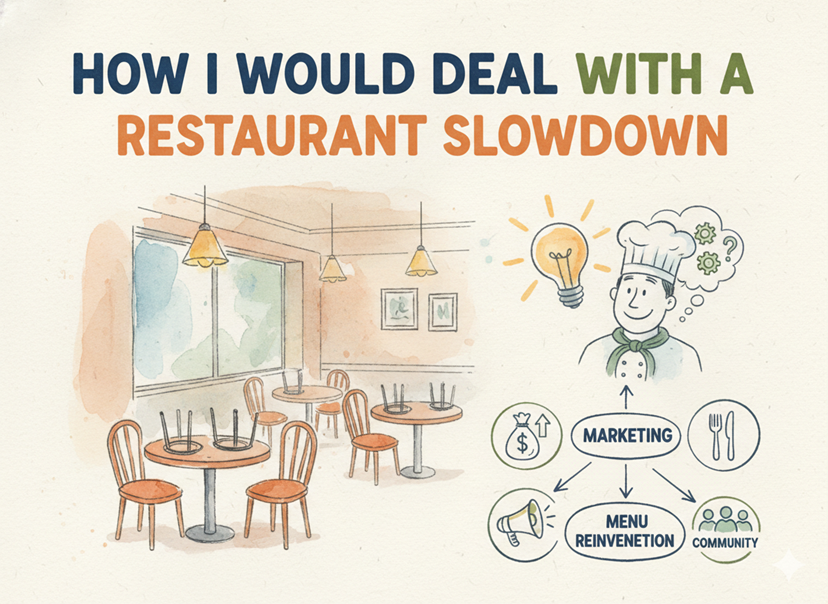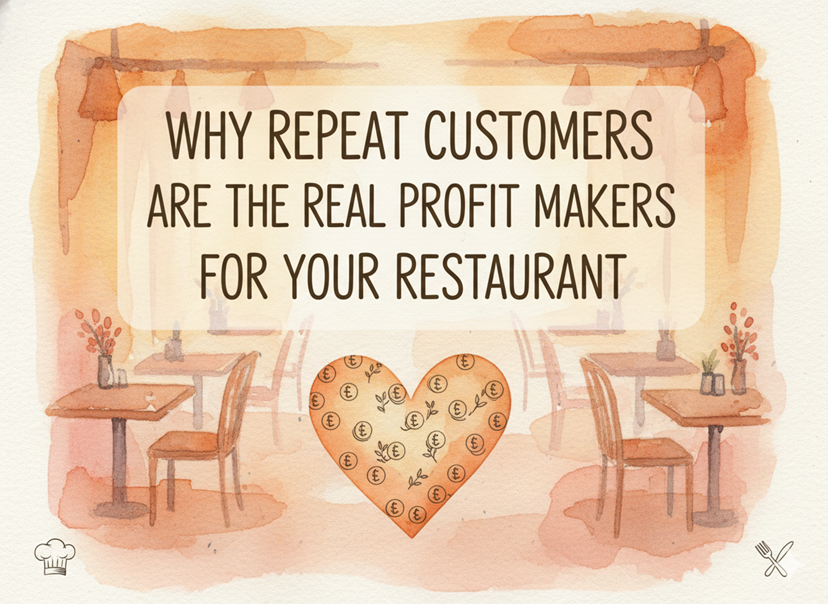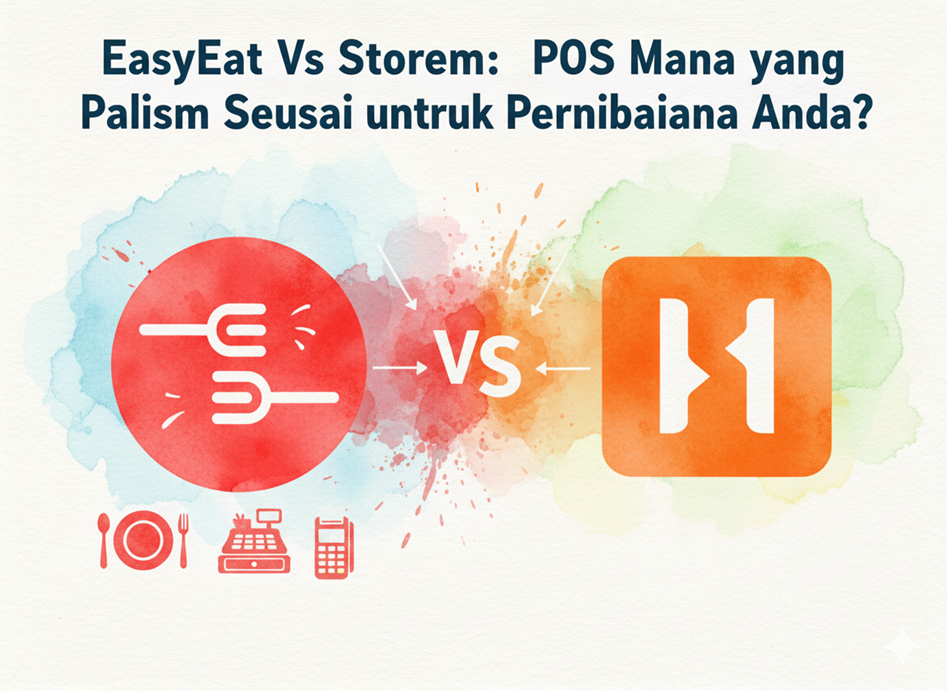You are juggling various aspects of your business—food quality, customer service, staff management, and more. But among these, one of the most critical factors you must understand is your break-even point. Knowing your break-even point is like having a financial compass. It shows you where you stand regarding profit and loss, helping you make better decisions.
What is the Break-Even Point?
The break-even point is the stage where your restaurant’s revenue equals its expenses. In simple terms, it’s the point where you are not making any profit but not incurring any losses either. Your income is enough to cover all your costs, and that’s it.
When you reach the break-even point, your sales have covered all your fixed and variable costs. Fixed costs include things like rent, salaries, and insurance, which remain the same no matter how much you sell. Variable costs include ingredients, utilities, and other expenses that change depending on your sales.
Why is the Break-Even Point Important for Your Restaurant?
Understanding the break-even point is crucial for several reasons:
- Financial Planning: Knowing your break-even point helps you plan your finances better. You will know exactly how much you need to sell to cover your costs. This information is vital, especially when setting sales targets or launching a new product.
- Pricing Strategy: Your break-even point can guide your pricing strategy. If your break-even point is high, it may mean that your prices are too low. You might need to increase your prices or find ways to reduce costs.
- Decision-Making: Should you open a new branch? Should you introduce a new menu item? Understanding your break-even point can help you make these decisions. If your current sales are just at the break-even point, it might not be the best time to expand.
- Cost Management: If your restaurant is not reaching its break-even point, it may indicate that your costs are too high. This knowledge can push you to find ways to reduce costs, whether by negotiating with suppliers or cutting down on waste.
How to Calculate the Break-Even Point?
Calculating your break-even point involves a simple formula:
Break-Even Point = Fixed Costs / (Sales Price per Unit – Variable Cost per Unit)
Let’s break it down:
- Fixed Costs: These are the costs that remain constant, like rent, salaries, and equipment.
- Sales Price per Unit: This is how much you sell each item for.
- Variable Cost per Unit: This includes the cost of ingredients, packaging, and any other costs that vary with sales.
What Can You Conclude from the Break-Even Point?
Once you have calculated your break-even point, you can draw several conclusions:
- Sales Targets: Knowing the exact number of meals you need to sell to break even can help you set realistic sales targets. If you consistently sell above this number, you will be in profit. If not, you may need to rethink your strategy.
- Profit Margins: If you are only just meeting your break-even point, your profit margins might be slim. This could indicate that you need to either increase your sales or reduce your costs to ensure you are making a profit.
- Cost Control: If your break-even point is too high, it could be a sign that your fixed or variable costs are too high. By analyzing these costs, you can find ways to reduce them and lower your break-even point.
- Business Viability: If your break-even point is very high, it could be a warning sign. It might mean that your business model is not sustainable in the long run. You may need to make significant changes to avoid potential losses.
Break-Even Analysis Example
Let’s consider a scenario. Imagine your fixed costs are RM40,000 per month. You sell a meal for RM25, and your variable cost per meal is RM10.
Using the break-even point formula:
Break-Even Point = RM40,000 / (RM25 – RM10) = 2,667 meals
You need to sell 2,667 meals each month to break even. If you sell more than that, you make a profit. If you sell less, you make a loss.
Understanding this allows you to make better decisions. For instance, if you’re only selling 2,000 meals a month, you might need to cut costs or find ways to increase sales, such as marketing promotions or offering discounts.
In the restaurant industry, profit margins can be tight. According to studies, the average profit margin for a restaurant ranges between 3% and 6%. Knowing your break-even point is vital to stay on the right side of these margins.
By regularly performing a break-even analysis, you can keep a close eye on your costs and revenue. This helps you stay proactive rather than reactive in managing your restaurant’s financial health.
Understanding and calculating your break-even point is not just a number-crunching exercise. It’s a tool that gives you insight into your restaurant’s financial health. By keeping an eye on your break-even point, you can make smarter decisions, plan better, and ultimately, ensure that your restaurant thrives.
So, take the time to figure out your break-even point. Use it to guide your pricing, cost management, and overall strategy. It might just be the key to turning your restaurant into a profitable venture.




